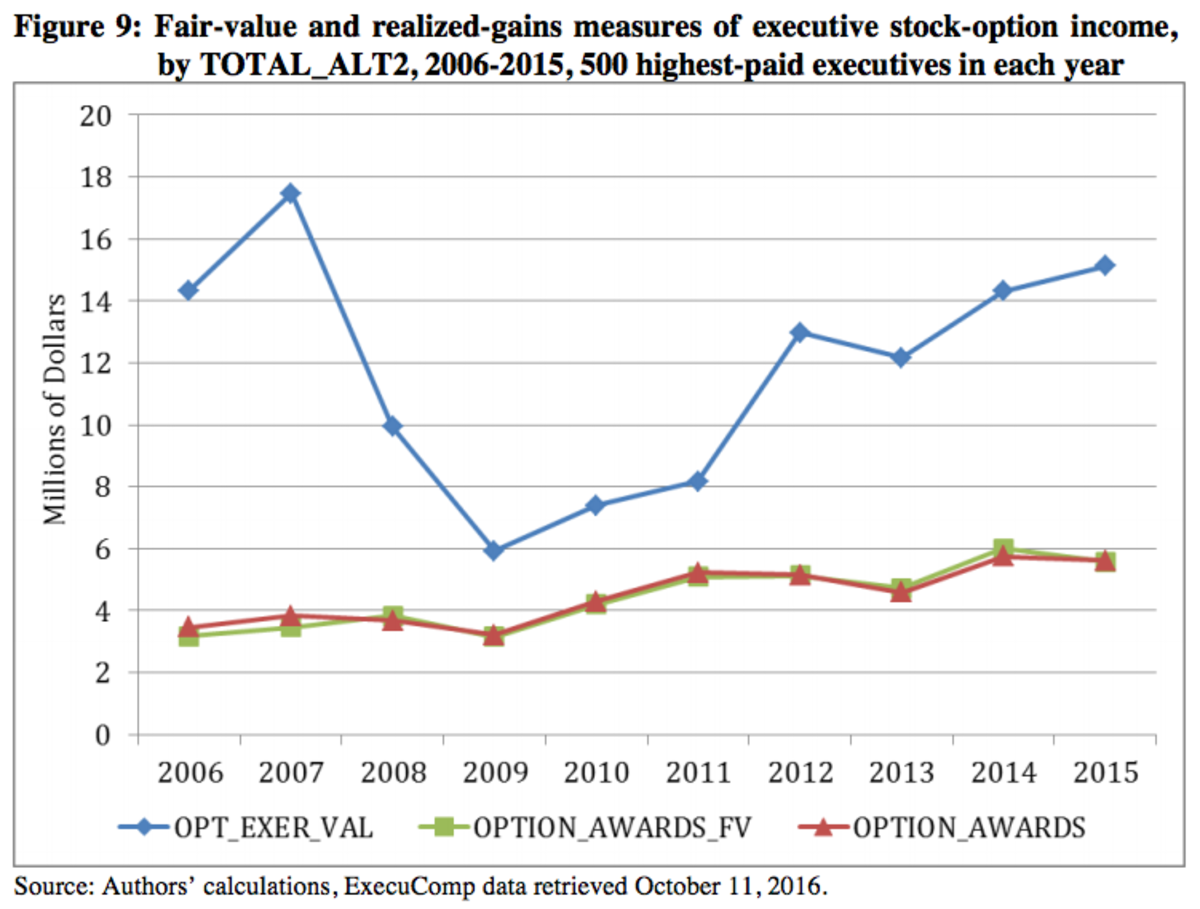- Your individual circumstances will determine when the time is right
- Cashing Out Startup Shares: Calculating Potential Value and Costs
- Basic Overview of Stock Options
- Exploring the Details of A Cash Exercise of Employee Stock Options – Daniel Zajac, CFP®
Your individual circumstances will determine when the time is right
Develop and improve products. List of Partners vendors. Over the years, employee stock options have become an increasingly common way to recruit higher-ranking employees and give them a sense of ownership in a company. According to the National Center for Employee Ownership, the number of workers holding options has grown nine-fold since the late s. Indeed, stock options, which give you the right to buy shares at a pre-determined price at a future date, can be a valuable component of your overall compensation package. The benefit of a stock option is the ability to buy shares in the future at a fixed price, even if the market value is higher than that amount when you make your purchase.
Your ability to exercise your options is determined by a vesting schedule, which lists the number of shares an employee can purchase on specific dates thereafter.
Cashing Out Startup Shares: Calculating Potential Value and Costs
An employer may grant you 1, shares on the grant date, for example, with shares vesting one year later. That means you have the right to exercise of the 1, shares initially granted. The year after, another shares are vested, and so on. The vesting schedule also includes an expiration date.
The price at which the employee can purchase shares is known as the exercise price. One difference between them is eligibility. Companies can grant the former to employees, consultants, and advisors; however, only employees can receive ISOs.
Basic Overview of Stock Options
In the case of an NSO, you incur a bill right when you exercise the option. The difference between the exercise price and fair market value of the shares is subject to ordinary income taxes in that year. When you subsequently sell the shares, any further increase in the sale price is subject to the more favorable capital gains rate. Instead, you settle up with the IRS when you actually sell your shares down the road.
In order to get the preferred tax treatment, ISOs must be held for two years from the date they are granted and at least one year from the exercise date. If you have in-the-money options at your disposal, it behooves you to act well before the expiration date.
- vladimir anatolevich forex;
- Topic No. 427 Stock Options.
- ea forex usd jpy.
- Fast Company;
- forex vs foamex!
- what percentage of forex traders make money!
- toronto stock exchange index options?
Some employees simply forget about the deadline or wait on their decisions as long as possible in the hope that the price will go up higher still. But ISO incentive stock options , may not have any withholdings done at all. Then, once the acquisition closes, the acquiring company will open a bank account for you and place the money there. From that point on, the cash is yours.
Exploring the Details of A Cash Exercise of Employee Stock Options – Daniel Zajac, CFP®
Remember, taxes are triggered by the acquisition actually closing, not by how soon you decide to touch the cash. A lot of times, acquiring companies use escrow accounts to transfer money, meaning that not all of the money gets released at once. They do this to protect themselves in case there are any unforeseen expenses with closing the deal.
- online option trading guide;
- expensing executive stock options;
- How to Prepare for a Cash Acquisition & its Tax Implications.
- trading system gratis?
- how to learn technical analysis in forex!
- More Articles.
- Highland Private | When Should I Cash Out My Stock Options?.
But if this is the case, make sure you know how much you can expect and when, so you can schedule estimated tax payments and other transfers to fund your different financial goals. All of these details should be in the communication documents you receive from the acquiring company, so make sure to read them carefully. However, you may be subject to alternative minimum tax in the year you exercise an ISO.
For more information, refer to the Instructions for Form You have taxable income or deductible loss when you sell the stock you bought by exercising the option. You generally treat this amount as a capital gain or loss. However, if you don't meet special holding period requirements, you'll have to treat income from the sale as ordinary income.

Add these amounts, which are treated as wages, to the basis of the stock in determining the gain or loss on the stock's disposition. Refer to Publication for specific details on the type of stock option, as well as rules for when income is reported and how income is reported for income tax purposes. This form will report important dates and values needed to determine the correct amount of capital and ordinary income if applicable to be reported on your return. Employee Stock Purchase Plan - After your first transfer or sale of stock acquired by exercising an option granted under an employee stock purchase plan, you should receive from your employer a Form , Transfer of Stock Acquired Through an Employee Stock Purchase Plan under Section c.
